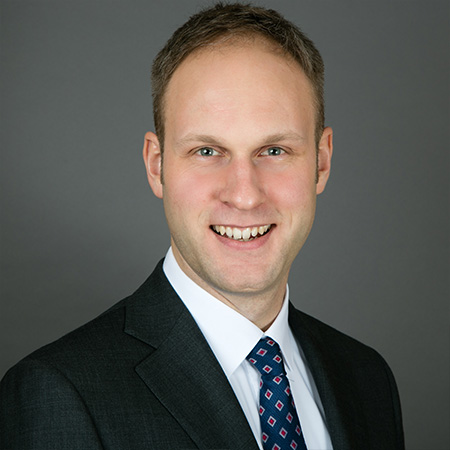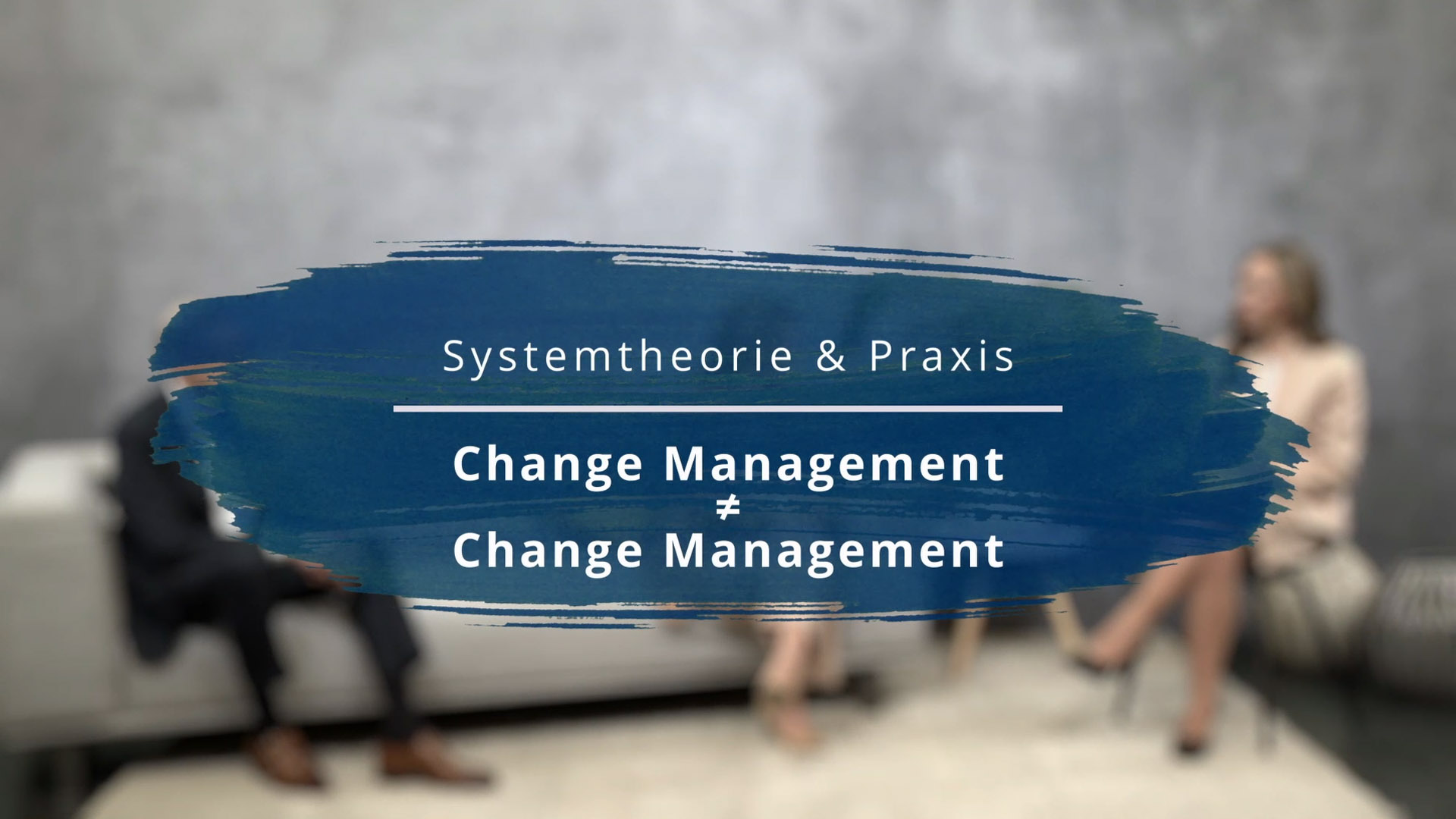Identify and retain high potentials, increase your company's performance - through an effective management of potential and performance
 Frédéric SedlákSenior Consultant | HR Management
Frédéric SedlákSenior Consultant | HR ManagementWe are always at your service+49 4102 69 93 22
Ask for free informationf.sedlak@spconsulting.de

Identify and retain high potentials, increase your company's performance - through an effective management of potentials and performance
 Frédéric SedlákSenior Consultant | HR Management
Frédéric SedlákSenior Consultant | HR ManagementWe are always at your service+49 4102 69 93 22
Ask for free informationf.sedlak@spconsulting.de
Can you easily identify your top performers of tomorrow?
Potential and performance management: identifying and retaining high potentials
It is no secret that nowadays the market is dominated by employees. This makes it all the more important to identify the current high performers and high potentials and to point out paths of development in the company. Due to the difficult situation in the labor market, many companies are focusing more and more on their current employees. In order to exploit the existing potential and leverage the employee’s potential in the best possible way, above all one thing is needed: knowledge about the current performance and the potential or learning agility. This is where professional potential and performance management can help.
Potential and performance management encompasses all activities and processes aimed at managing performance within the company to ensure that these are used optimally to achieve the company’s goals.
Effective potential and performance management
- creates transparency about the performance of team members as well as the potential that lies within the organization,
- identifies high performers and high potentials within the company,
- positively drives the targeted personal development of all employees by identifying and addressing individual development needs,
- makes it possible to exploit the full potential of the company and
- supports professional handling of low performance.
Managing performance and the black box of potential
Performance is usually easy to measure – potential, on the other hand, oftentimes is still considered a black box.
Performance includes
- (work) performance,
- behavior and
- attitude (e.g. in change processes)
of a person. In order to make the actual performance of a person measurable, it is necessary to compare the achieved performance (actual performance) with the expected performance (target performance in the corresponding function). The assessment is based on quantitative and qualitative observation points and, in the case of managers, also on the applicable management guidelines.
Performance can be situation-, job- or task-specific. Accordingly, employees may perform worse or much better in new tasks or in a different area. Therefore, focusing only on current performance is not sufficient.
In order to be able to assess the opportunities for professional development, it makes sense to assess not only the performance but also the (learning) potential of the employee. This is also referred to as learning agility.
Potential or learning agility is the ability to adapt to future professional requirements and challenges and to master them successfully. Unlike performance, potential cannot be measured in terms of individual job performance. Therefore, the assessment of potential requires observation points that allow a forecast of learning behavior.
Video interview: Potential and performance management
Fifth part of the video series: Systems Theory & Practice
How can potential be measured? Which observation and evaluation criteria are suitable for recognizing potential? Why do many managers confuse performance and potential?
Particularly in change processes, knowledge of the skills and learning agility of the people involved and affected represents a great added value. Robert A. Sedlák explains more about this in the fifth part of our video series “Systems Theory & Practice”:
OFTEN EQUATED IN PRACTICE: PERFORMANCE AND POTENTIAL
In practice, potential and performance are often equated, which can lead to a situation where it is primarily the high performers who are promoted, while the high potentials are neglected. This not only wastes valuable potential, but can also have a negative impact on the motivation and, in the long term, the performance of employees.
 Desktop-HeaderCorporate Communications
Desktop-HeaderCorporate CommunicationsWe are always at your service+49 4102 69 93 21
Ask for free informationkobert@spconsulting.de
You would like to learn more? We will present our concept and approach to you in a personal meeting. We would be happy to call you back and arrange an online dialog via Microsoft Teams or Zoom.
Systems theory & practice
Further video interviews from the series
Further Information
Let's talk
How can the potential of your employees be fully developed? Find out in a short online dialog what options exist for aligning personnel development measures with organizational challenges.

Julia Kobert
Head of Corporate Communications
 Frédéric SedlákSenior Consultant | HR Management
Frédéric SedlákSenior Consultant | HR ManagementWe are always at your service+49 4102 69 93 22
Ask for free informationf.sedlak@spconsulting.de

Frédéric Sedlák
Senior Consultant and Authorized Officer
 Frédéric SedlákSenior Consultant and Authorized Officer
Frédéric SedlákSenior Consultant and Authorized OfficerWe are always at your service+49 4102 69 93 22
Ask for free informationf.sedlak@spconsulting.de











